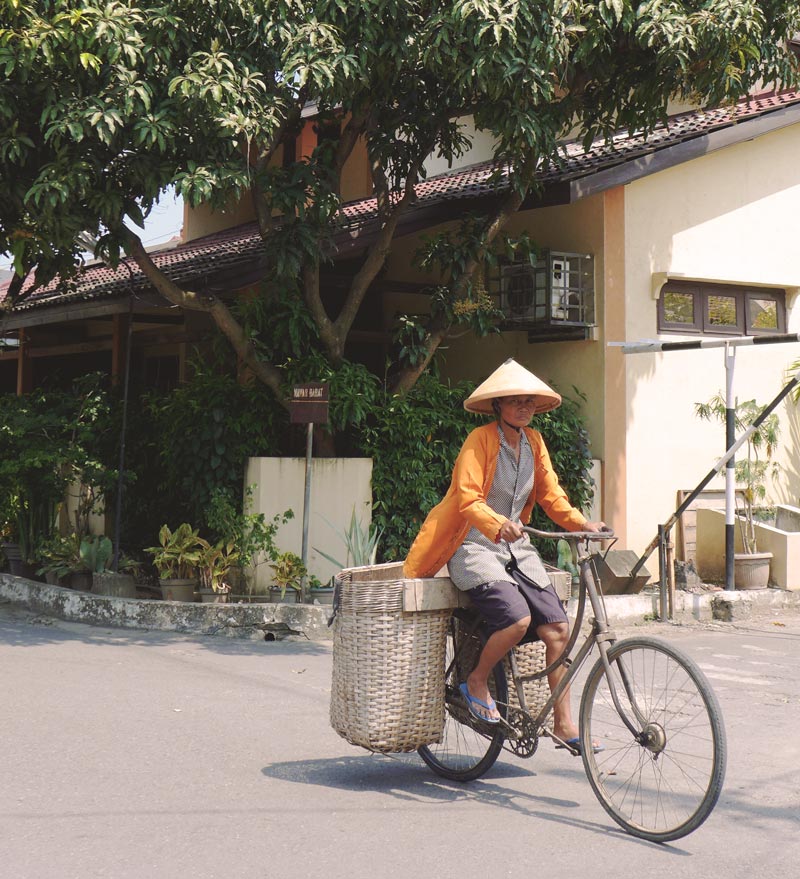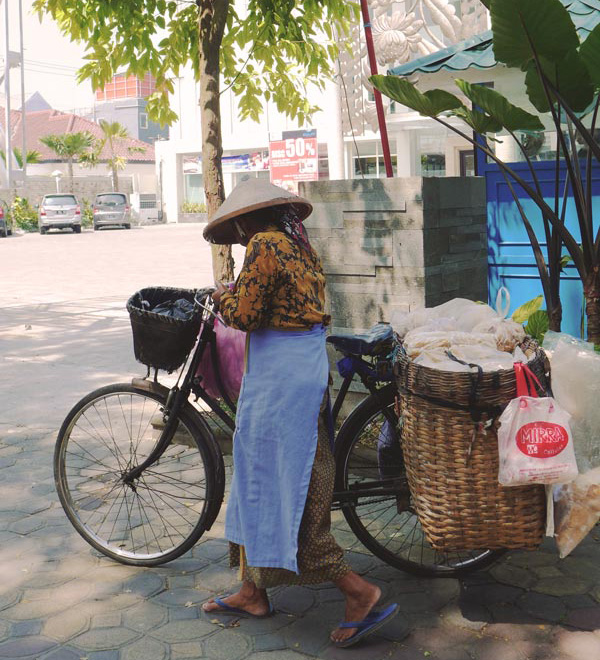Women on Wheels in Indonesia: Research Report & Feasibility Study
Surakarta (Solo) & Yogyakarta (Jogja), Central Java, Indonesia
Living Cities and Kota Kita teamed up to examine the potential of initiatives to encourage women to bicycle. Over the past 20 years, low-cost access to finance and a lack of other public transportation options, among other factors, have diminished the use of the bicycles in favor of motorcycles as a practical form of transport. Despite this long-term trend, over the past five years, bicycling has emerged as a recreational activity amongst the burgeoning middle class. Through focus group discussions and case studies, we learned about barriers that women face to cycling and use this information to evaluate the feasibility of a ‘Women on Wheels’ campaign aimed at encouraging women to bicycle, especially in Solo. We conclude that there is potentially a large gain from middle class women riders, who are an influential group and could potentially put pressure on governments for the needed infrastructure investments and pro-bicycling measures. This feasibility study asks what are the reasons women continue to ride bicycles, what are the barriers to their use, and what are the ways to make bicycle riding more popular amongst women and girls.
In Indonesia there are few incentives that encourage women to use bicycles, and as a result the bicycle has lost popularity to the increasingly omnipresent motorcycle. Despite this decline, many working class women still use bicycles to commute to work, especially those that work in factories; other women also use them to go to and from markets for daily shopping needs, or even modify the bike's rack and frame to peddle food and wares. This brings us to one of the important findings of our report: a household’s economic level is an important factor in determining bicycle use. Many working class women belong to families which have only one motorcycle. In such cases the husband will use it, leaving the bicycle as their only option. Bicycles are used to economize on their transportation costs, as public transport is seen as costly, unreliable and time consuming.
Despite the relative ease of bicycle use for women, a number of barriers discourage their use, including cultural concerns about beauty, practical concerns about safety, and an absence of supporting infrastructure. For middle class women, concerns about sweating and getting too tanned in the sun are different from those of working class users, who were more concerned about affordability and availability of repairs. Some respondents claimed they couldn’t afford bicycles and would prefer spending their money to save for a motorcycle, judged to be more useful.


Solo has the potential to be a bicycle-friendly city due to strong civil society interest, a mayor who himself is an active cyclist, and a land use patterns and demographic density that favors bicycle use.
As a dense and multi-nodal city (there are multiple economic centers so people need flexible transportation modes), Solo is well suited for the bicycle, and historically there have been high levels of bicycle use by female factory workers in the city's prominent batik and textile trade. But concerted government action has yet to focus attention upon the issue of promoting bicycle use. Given that there has been little coordinated effort between civil society and local governments to promote bicycling for women in cities, there is potential for a focused campaign to make an impact. Such a campaign would have to take into account road safety considerations, bicycle infrastructure, incentives for companies to get involved, social promotional campaigns, and the enforcement of regulations.
In this report, we offer ideas that both empower and promote mobility options. We present a tool kit of approaches, which include policy recommendations, social media campaign strategies, necessary infrastructure, and examples of ways to work with civil society—all necessary in bringing a 'Women on Wheels' pilot campaign to Solo.
